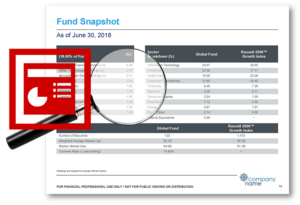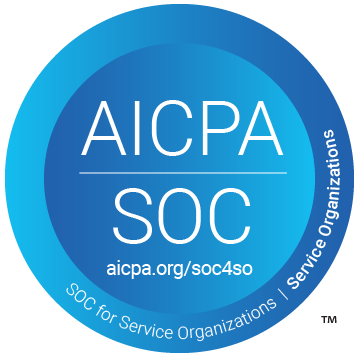Category Archives: Sales Enablement
How much does it cost to automate factsheets? 🧐
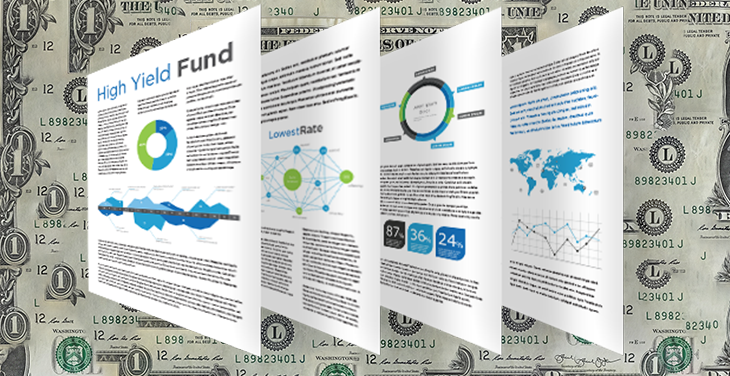
In a budget-conscious financial services industry, marketing spend is a top concern. That’s why, when we meet new firms looking to invest in automating their factsheet production, one of the first questions marketers ask is, ‘How much will factsheet automation it cost?’. Before digging into their business requirements, our dreaded answer is: It depends. There are many factors to be considered. Firms take many approaches, and one size does NOT fit all.
Among the major dependencies affecting the cost of automating your marketing documents are:
- Complexity of your designs
- Number of templates and variations you have
- Complexity of your data
- Extent of your language requirements
- Amount of flexibility you have with requirements
- Number of documents to be produced
The complexity of your factsheets and flexibility of your firm’s operating model will ultimately determine the cost for automating them during production. To give you a better idea of what this means, let’s look at a few common scenarios. These are actual case studies of companies who have implemented factsheet automation recently with Synthesis and how much it cost them.Read More
Print is Dead, Long Live Print!
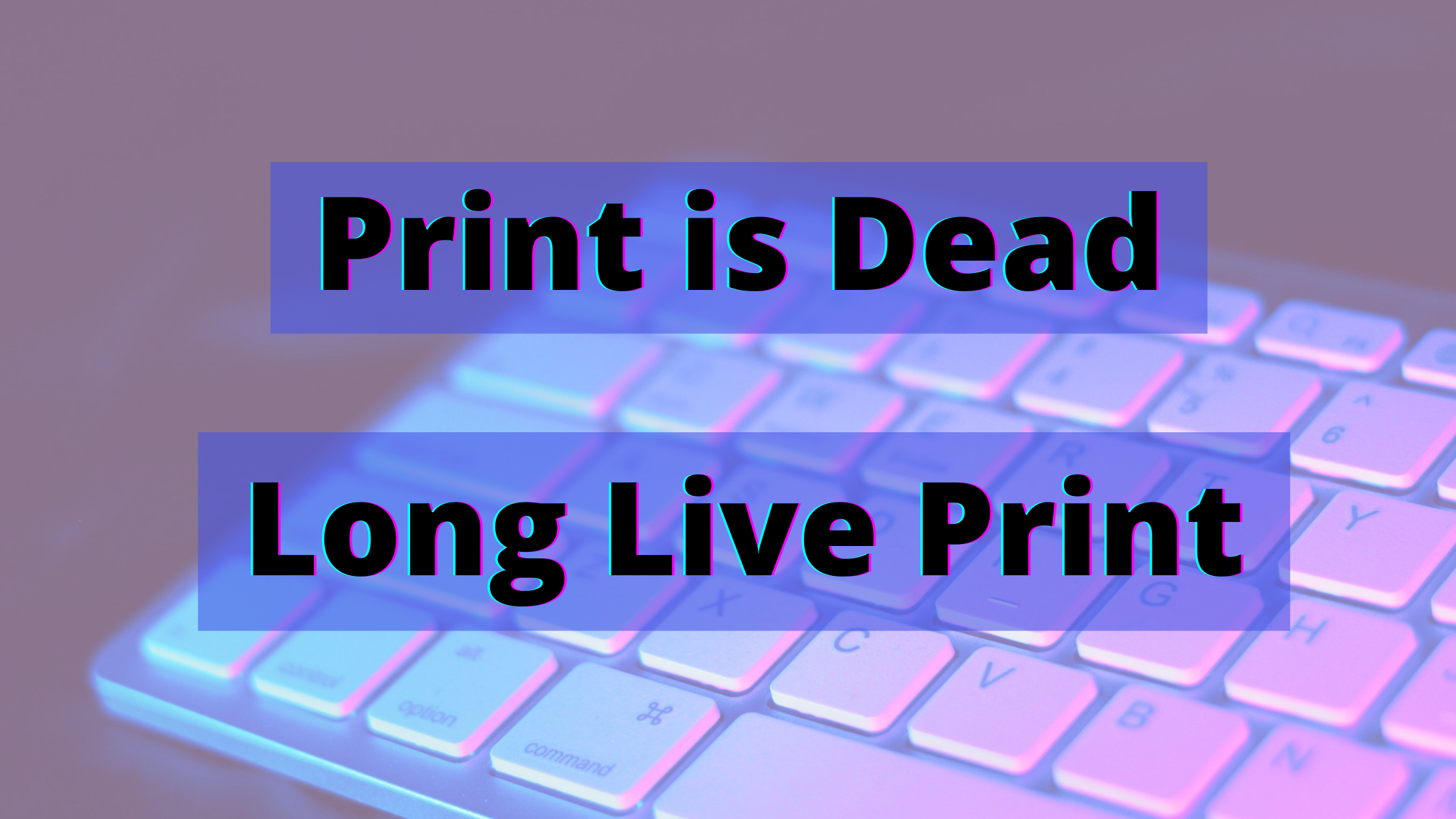
I’ve been in the computer-driven publishing industry my entire working life. For better or worse, that’s going on 30 years and six firms worth of experience building and selling systems to support the print (or print-like) communications needs of large businesses selling or supporting high-value goods and services. I’ve worked with Airlines, Pharmaceuticals, Auto Parts, Reference Publishers, Military, and Financial business. All have significant data-and-rules driven content publishing needs, including well-designed print artifacts. Supporting publishing in the financial services world makes up a majority of this experience, but we gain wisdom by understanding similarities and differences between multiple business sectors and markets.
For 87.3% of my long and illustrious career in supporting print communications, people have taken the position that Print is Dead… or soon will be. While there are specific examples and versions of this narrative that are true, I’m here to talk today about where and why it is not true!
The Tipping Point for Asset Management Marketing
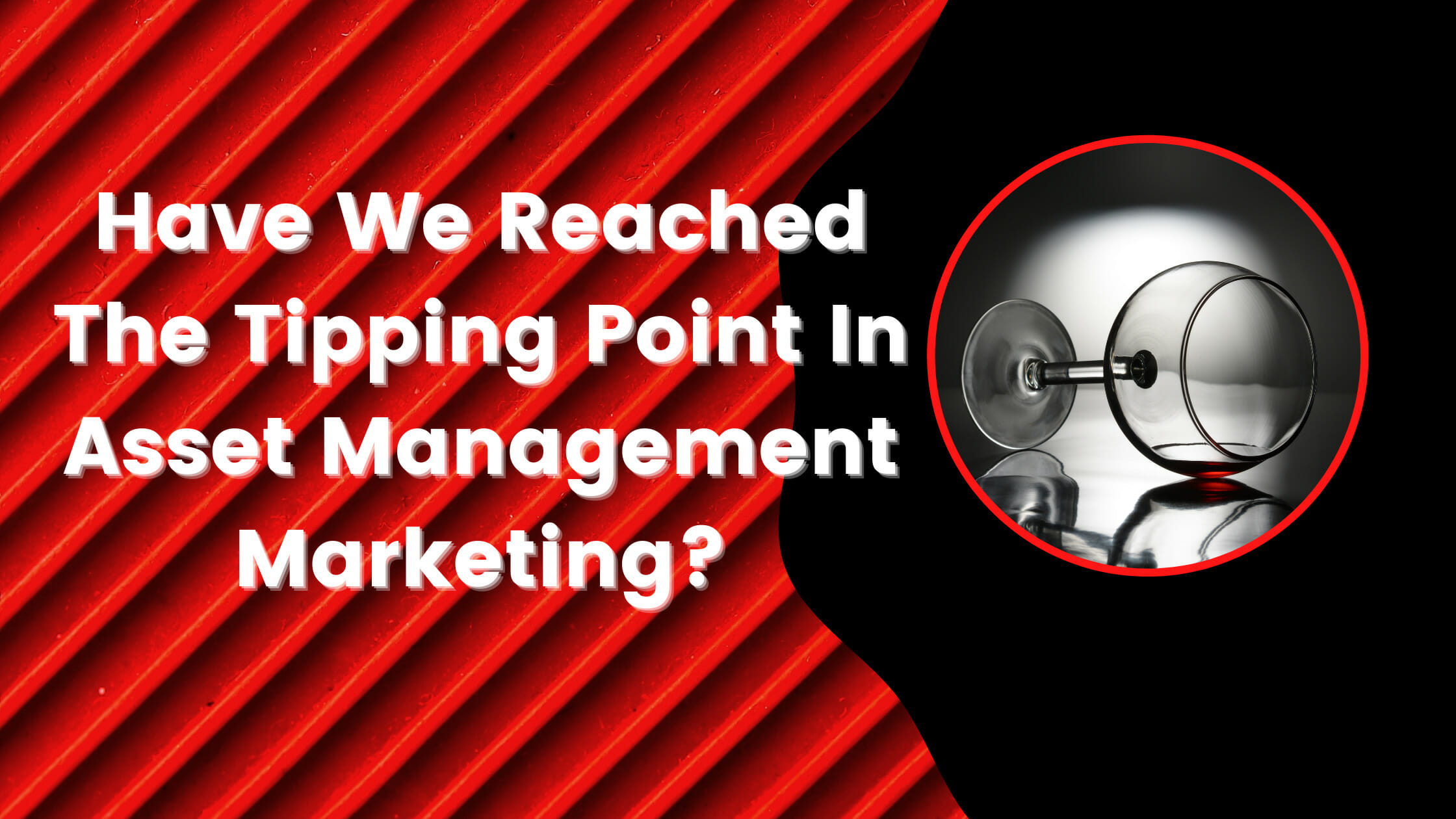
Every January, I call up my friend, Andrew Corn, to get his predictions on marketing trends for the year ahead. He always has interesting things to say. He has an impressive background in many areas of financial services and marketing. His career has spanned across consulting, marketing, advertising, Chief Investment Officer – Equities, index designer, multi-factor model creation, and agency head. He is an expert at uncovering and enhancing asset gathering campaigns and designing and implementing marketing funnel optimization for both consumer and B2B audiences.
According to Mr. Corn, there are a couple of major trends going on in the industry right now, and they’re really a continuation from the past couple of years. Specifically, the move from active to passive investing and fee compression are persistent issues that have now become acute. According to Corn, we’re at the tipping point for asset management marketing.
“This move from active to passive is happening so much faster than anyone was able to predict. The upside is that many companies have been able to launch products and gather quite a bit of assets into them. The downside is fee compression. In fact, there is a race to zero, where Fidelity has actually introduced products with no management fee. Now, there are other ways for them to make money, but this fee compression is certainly creating enormous pressure on firms to differentiate,” he said.
If this is the tipping point for asset management marketing, what should teams be doing to help their firms survive in this very competitive market? Read on to hear insights and advice from Andrew Corn in our latest interview.
‘The fast fish eats the slow fish’ and the definition of insanity
Insanity is doing the same thing over and over and expecting different results.
Without a doubt, we’ve all fallen victim to “insanity” at different points in our lives. For example, I’m insane to think I can win a 5K race by training for distance with no regard to speed, strategy, or agility. Or, that I can overcome a weight-loss plateau by sticking to my same daily fitness routine. If I want different results, I’ll have to change my approach.
The same rules apply in the workplace. As modern marketing and business professionals, it’s illogical to think we can keep up with the pace of marketing in a world where “content is king” and data is everywhere – unless we improve our processes. Being agile is what makes or breaks a company in these new and exciting times.Read More





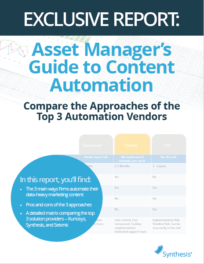 Compare the Top 3 Finserv Content Automation Vendors [White paper]
Compare the Top 3 Finserv Content Automation Vendors [White paper]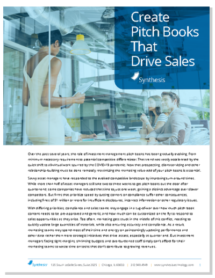 Create Pitchbooks the Drive Sales [White paper]
Create Pitchbooks the Drive Sales [White paper] Build vs. Buy: Should Your Financial Services Firm Outsource or Insource Marketing Technology? [White paper]
Build vs. Buy: Should Your Financial Services Firm Outsource or Insource Marketing Technology? [White paper] 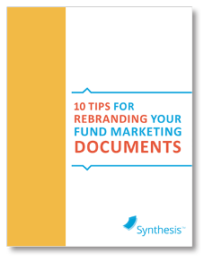 10 Tips for Rebranding your Fund Marketing Documents [White paper]
10 Tips for Rebranding your Fund Marketing Documents [White paper]